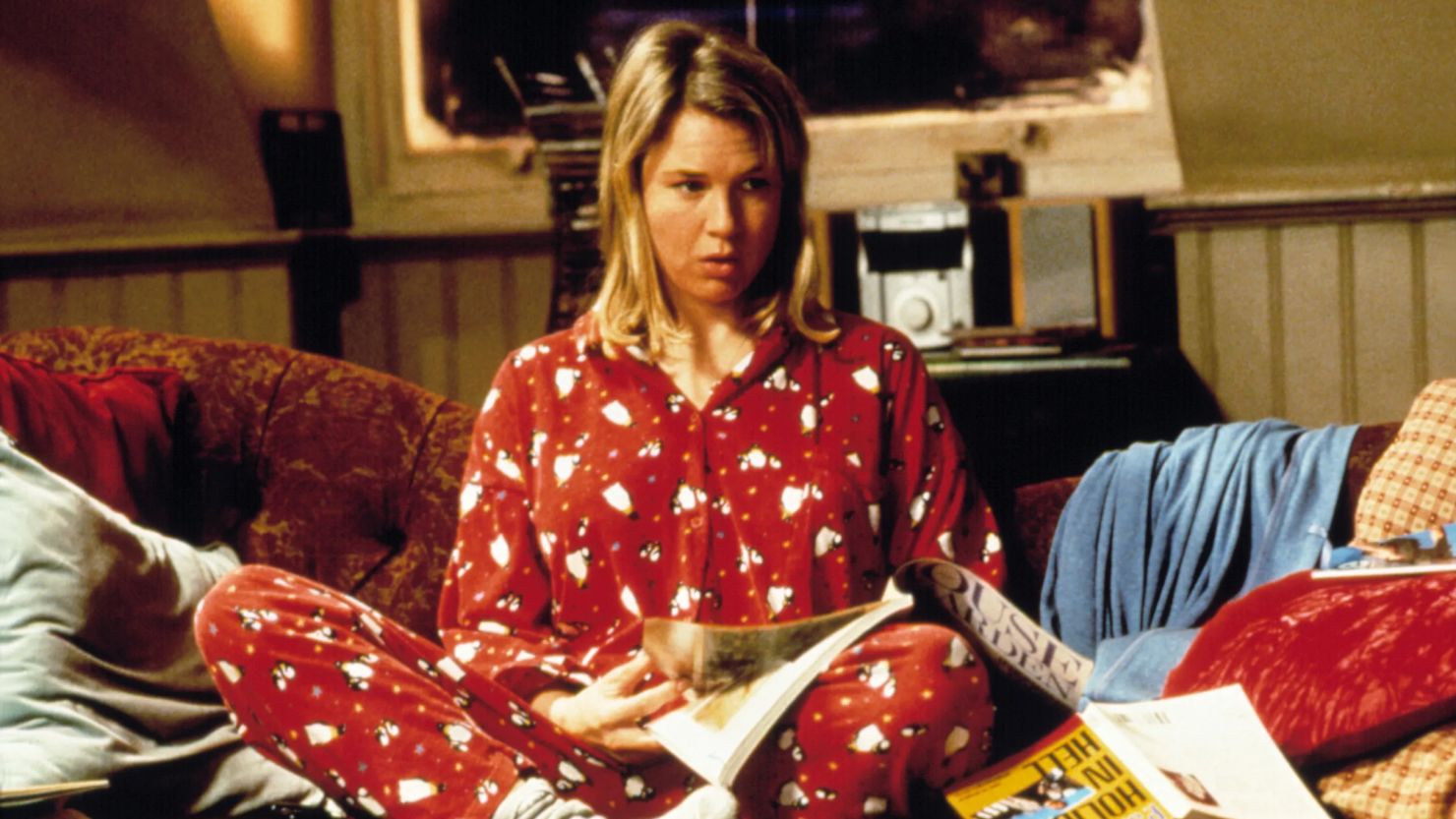Editor’s Note: Holly Thomas is a writer and editor based in London. She is morning editor at Katie Couric Media. She tweets @HolstaT. The opinions expressed in this commentary are solely those of the author. View more opinion on CNN.
Few members of the metropolitan liberal elite would admit the 2001 movie “Bridget Jones’s Diary” was their favorite film, but if they picked up a battered copy of the 1996 novel, they’d be hard-pressed to put it down. Bridget Jones may be neurotic, absurd and mired in patriarchy, but she’s a hell of a lot more fun than any black coffee-glugging, Marx-bothering Sally Rooney heroine.

That being said, there comes a time when we have to put even our most beloved mini-break enthusiasts out to pasture. That time has come for Bridget — or more specifically, her big-screen avatar. The third film, 2016’s “Bridget Jones’s Baby” (which followed the 2004 sequel, “Bridget Jones: The Edge of Reason”) was enjoyable enough, but it left me feeling as though I’d filled my plate one too many times at a delicious but overstuffed buffet. I was sated. It was time to put my fork down.
It is, however, a truth universally acknowledged that a trilogy that generates more than $760 million at the worldwide box office is destined to become a tetralogy. (It is also a truth universally acknowledged that a piece of writing mentioning Bridget Jones or any Jane Austen adaptation must contain the phrase “it is a truth universally acknowledged,” so that’s out of the way). Renée Zellweger and Hugh Grant are slated to reprise their roles as Bridget and her philandering former boss Daniel Cleaver alongside “One Day” star Leo Woodall for the series’ fourth outing, “Mad About the Boy.”
Fond though I am of Bridget and her comrades, I’m not convinced it’s a good idea.
Because of the time discrepancy between the book and its adaptation (“Mad About the Boy” was published in 2013), many of the jokes the novel hung its hat on (Bridget grapples with social media! Bridget endures online dating!) were made in the third film, leaving precious little room to maneuver. Mark Darcy is dead, spelling misery for fans of Colin Firth, but Daniel Cleaver is back, spelling delight for fans of Hugh Grant’s Second Act.
I appreciate the utility of canning Darcy and reintroducing Cleaver (comedy demands chaos), but I worry about the comedic potential of a post-menopausal Bridget. It’s not that women that age can’t be funny, obviously they can. It’s just that one of the most heartwarming things about the third film was that a now 43-year-old Bridget, having been endearingly deranged through her 30s, had her life together. She was still Bridget, but she was self-assured and competent. There’s inverse potential for laughs once characters evolve, and I’d rather leave her be than inject malign forces into her life to shake things up. I suspect that with all that Twitter and Tinder-generated comedy already spent, it could feel a little forced.
For sheer joyous reading and viewing, I don’t think the original, 32-year-old singleton can be improved upon. It was only after she arrived that we realized how starved of ridiculous leading ladies we’d been. Literature is packed with bonkers male comedy heroes — Bertie Wooster, Adrian Mole, Harry Paget Flashman, William Boot — but before Bridget, comparably nonsensical women were rarely the main attraction. They were the heroine’s goofy accessories. Mrs. Bennet might have been the most amusing character in “Pride and Prejudice,” but she wasn’t the star.
Bridget Jones changed that. It’s often bemoaned that both the books and the movies sidestepped feminism — even the author, Helen Fielding, has confessed to being shocked by the first installment in retrospect — but they also kinda leapfrogged it. The point of feminism isn’t to hold women to impossible standards, it’s to allow everyone equal freedom to be themselves. The point of writing isn’t to create characters who are perfectly balanced human beings, but people you want to spend time with. Yes, Bridget’s obsession with logging her weight and food intake was not a roadmap to great mental health, but it reflected the 1990s’ most relatable neuroses. And she was so, so funny.
The most disappointing thing about Bridget Jones was always the reaction to her, especially Renée Zellweger’s portrayal. The main running joke that didn’t translate to the big screen was Bridget’s laments over her palpably modest weight. My favorite example is from VE Day: “9st 1, alcohol units 6, cigarettes 25, calories 3800 (but celebrating anniversary of end of rationing).” When the movies came along, both the filmmakers and audiences took Bridget’s obviously skewed self-image at face value. One male reviewer devoted several lines to Renée Zellweger’s “massively dimpled” thighs and “great bottom” “as stately as a sinking galleon.” There’s nothing wrong with a stately bottom, but Zellweger’s could hardly be described as “great” in the dimensional sense.
I’ll almost certainly see “Mad About the Boy.” I’ll watch practically anything at the cinema as long as it’s not boring, and I’m as susceptible to Hugh Grant’s return to dastardly greatness as the next millennial whose first introduction to cussing came courtesy of “Four Weddings and a Funeral.” But having spent much of this afternoon gleefully rereading “Bridget Jones’s Diary” and cross-referencing with clips from the 2001 movie (vital research, you understand), I’m not holding my breath for a classic.




